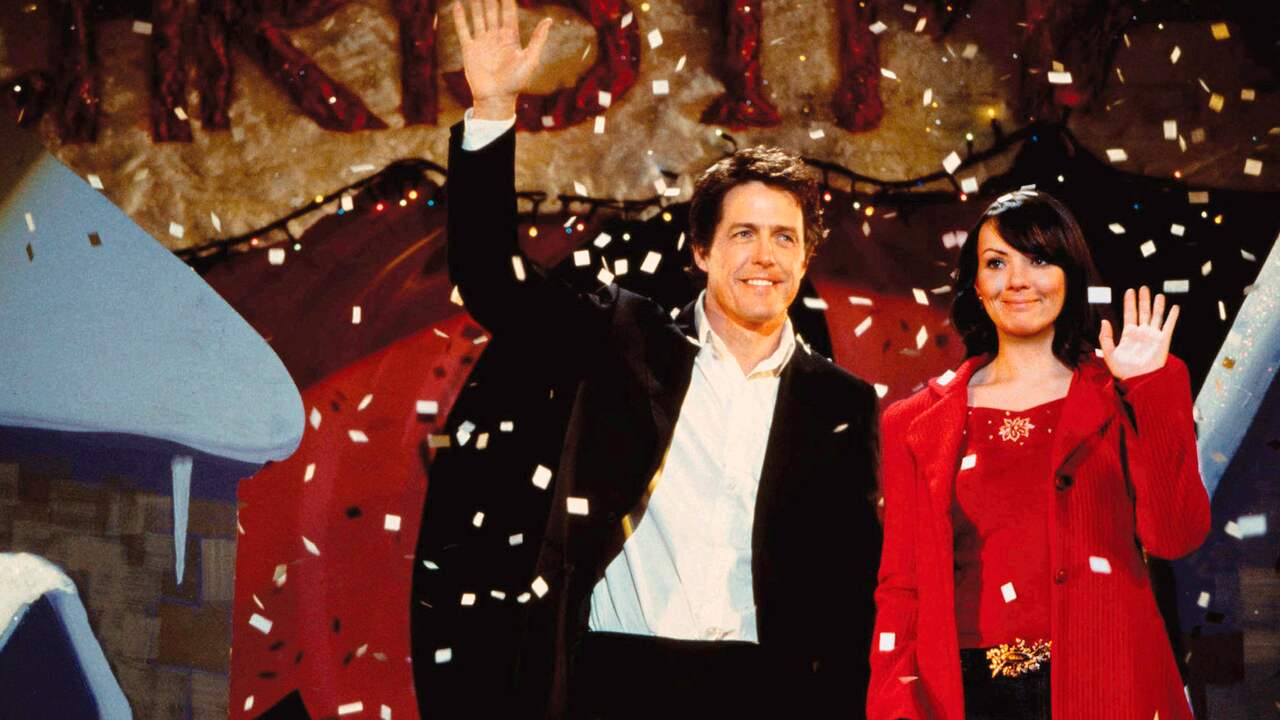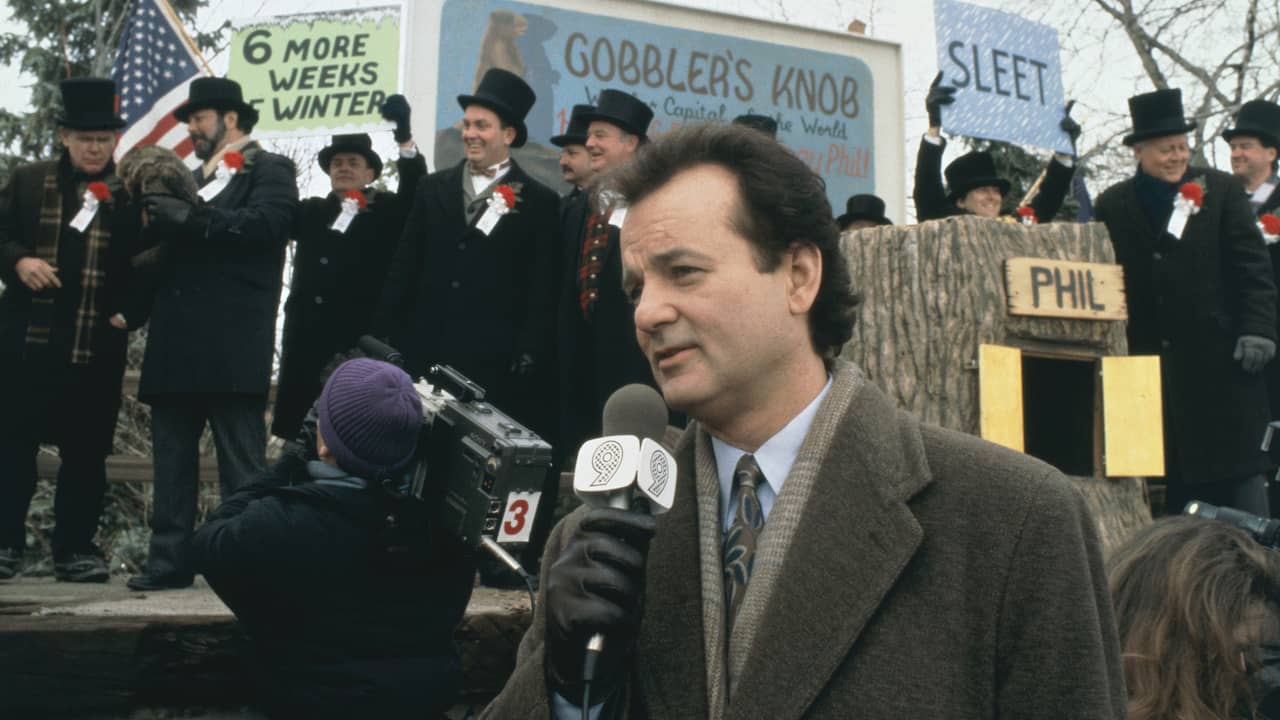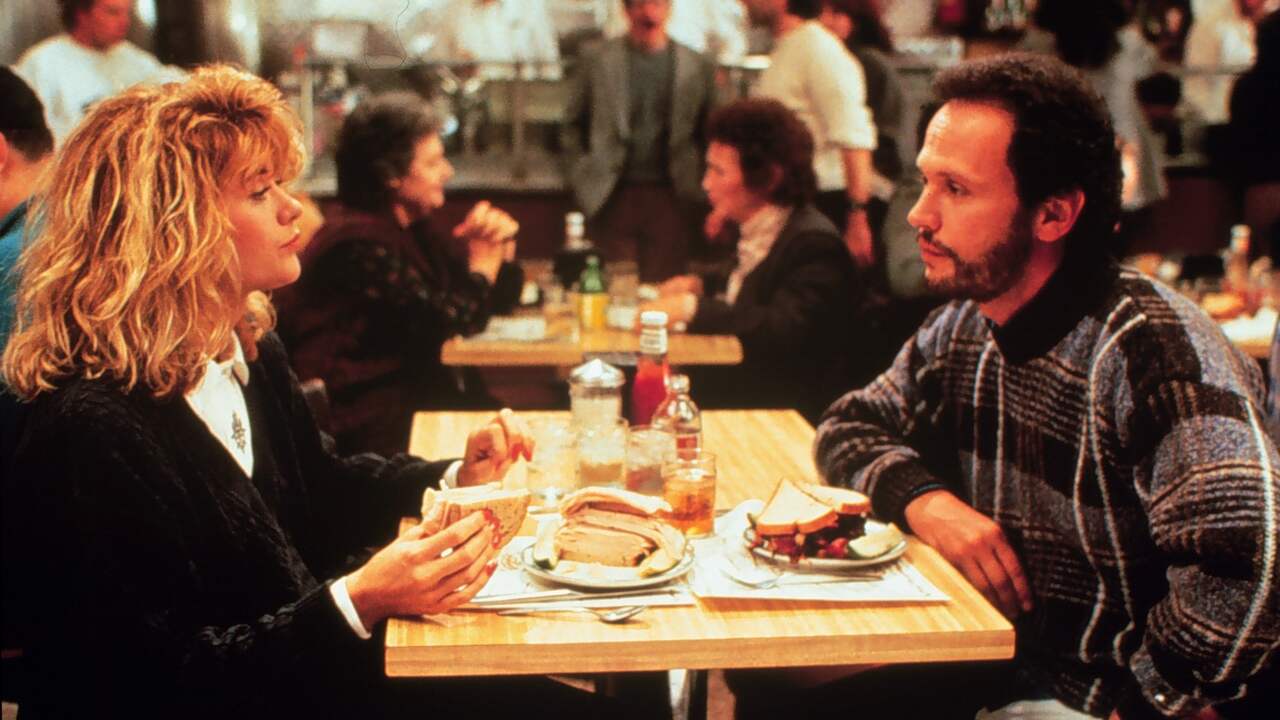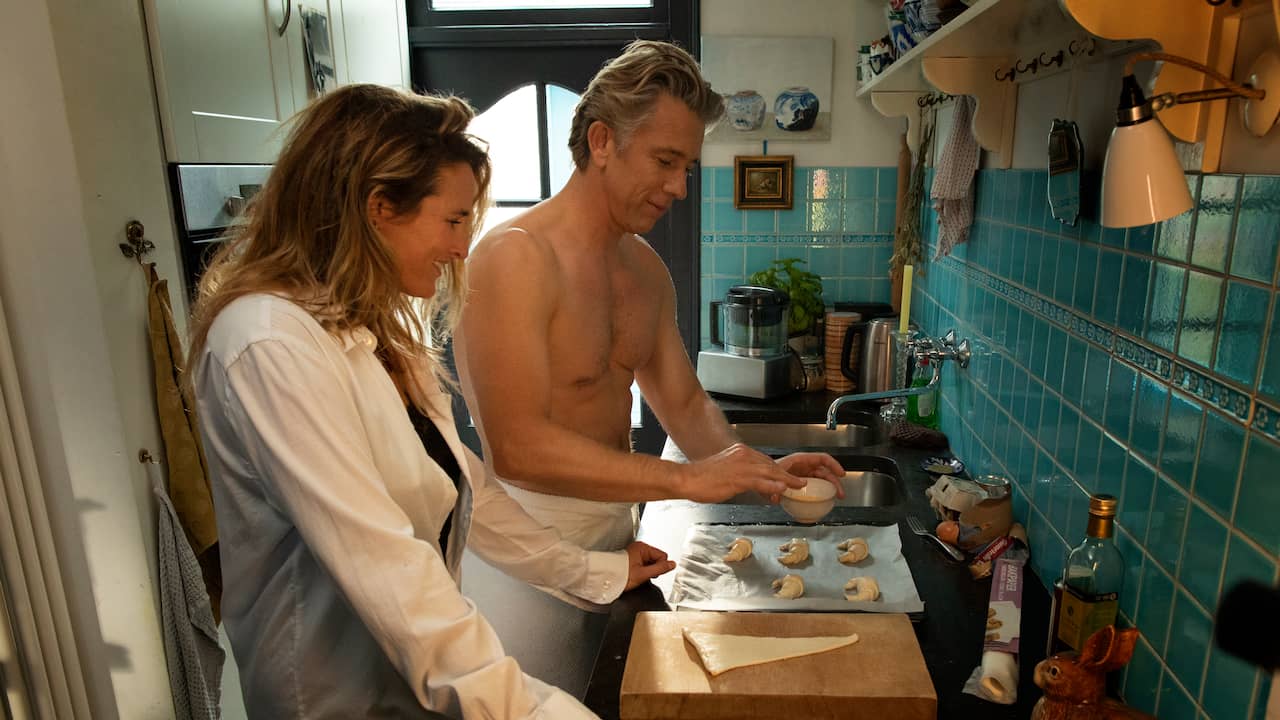The Dutch cinemas are again well filled with romantic comedies. From the single lawyer with conservative parents in Moroccan wedding to the midwife with baby wish in Pregnant & Co: laughing at love remains popular. Why do we keep looking at that over and over again? And how does that fixed rom-com formula work?
In one of the first moments of Love Actually Hugh Grant, newly elected Prime Minister, walks into his official residence to meet another newcomer. Natalie (Martine McCutcheon) blurts out one swear word after another through her nerves. But there is a click. Even though the two come from completely different backgrounds, their brief mutual smile speaks volumes. It only takes a few minutes to reach the end of Love Actually to be able to guess. And no one minds that.
The success of rom-coms often lies precisely in this fixed formula. Victor Lamme, cognitive neuroscientist at the University of Amsterdam, tells what happens in our brains during a predictable storyline. “You also see a formula like this at many companies. The success of McDonald’s can partly be explained by the fact that it is the same everywhere in the world. In principle, people don’t like surprises very much.”
There is an explanation for this, the scientist explains. “Behind uncertainty is fear, at a basic level. And that fear tells you to stay away from something. Of course it’s not that people never want to try something new, but at least our brains are happy knowing exactly what you get.”
With a safe outline, viewers are guaranteed to enjoy carefree. “You know that nothing uncertain is going to happen,” says Lamme. “You get to see happiness, beauty and love, revel in rewards and sweetness. This releases a feeling of happiness. Handy if any form of uncertainty is absent.”
The vast majority of rom-coms therefore work according to a standard pattern. “That starts with the first meeting,” said Marco Weijers, film critic of The Telegraph† “It has to be special enough to keep watching. Then there are obstacles, because there is always a huge distance between the two people who eventually have to get each other. Otherwise, the film would only last five minutes.”
So a rom-com asks for characters who have to overcome something. Who have to learn something from each other and from themselves, before they can end up in each other’s arms. We list a number of well-known types.
From their first movie moment you could sense that Hugh Grant and Martine McCutcheon were going to be a couple.
From their first movie moment you could sense that Hugh Grant and Martine McCutcheon were going to be a couple. Photo: ANP
–
–
–
The wallflower and the emotionless loose ball
Whether you’re a socially awkward thirty-something (Bridget Jones) or a manager’s shrew (Sandra Bullock in The Proposal† love is for everyone. Romcoms often start with the opposite of such romance. Think of the superficial sex relationship between Natalie Portman and Ashton Kutcher in No Strings Attached† Or to womanizer Jack Black in Shallow Hal, who falls under hypnosis for obese Gwyneth Paltrow. In this way he learns that true beauty comes from within.
And vice versa, of course. Barbara Sloesen was able to enter Heavy in Love! but didn’t believe Jim Bakkum would fall for her. While that was of course the case.
This is never going to work… Right?
Personalities can clash hard. But if we know anything about rom-coms, it’s that mismatches are a tried and true recipe for a happy ending. How can Grant, as a dopey bookseller, ever have a relationship with world star Julia Roberts? Look at Notting Hill and find the answer.
Roberts zat in Pretty Woman in the opposite situation: as a prostitute does she fit into Richard Gere’s luxurious life? And even if you’re forced to prove your love every day, there’s still eternal romance in the air. We learned that from Groundhog Day in 50 First Dates† In the former film, Bill Murray relived the same day over and over again. In that other film, Adam Sandler had to win Drew Barrymore’s heart over and over due to her amnesia.
Bill Murray relives every day in Groundhog Day.

Bill Murray relives every day in Groundhog Day. Photo: AFP
–
–
–
Teasing is asking for kisses
It can also get a lot more hostile. Sometimes predestined characters start out as rivals. Tom Hanks and Meg Ryan, for example, couldn’t air each other in the flesh, as competing booksellers in You’ve Got Mail.
Popular high school student Freddie Prinze Jr. picked up She’s All That just dating ugly duckling Rachael Leigh Cook to get a prom queen to make of her. And in How to Lose a Guy in 10 Days Kate Hudson was working on an article about how to get rid of a man quickly, while Matthew McConaughey was making a bet to make a woman fall for him ASAP.
So there are plenty of film ideas, but then they also have to be worked out well. Once all pawns have been put in place, the makers can get to work to conquer the heart of the viewer. There are often fixed times for that too.
Of meet cute: first meeting with palpable click
At the first meeting there should be a tangible click, even if the main characters often do not realize this themselves. A moment of confusion or awkwardness, where the first romantic seed is planted. Jude Law wants in The Holiday for example, stumbling drunkenly into his sister’s house, only to find Cameron Diaz, who has been temporarily exchanged from home.
Carice van Houten is wrapped as a present when she unexpectedly ends up in the arms of a prince in Everything is love. And in the movie classic Singin’ in the Rain Gene Kelly shakes off a group of fans by jumping into the moving car of an unsuspecting Debbie Reynolds.
Embarrassing situations throughout the movie
Not only does the first meeting have to be awkward. Embarrassing moments can continue to charm throughout the film. In My Best Friend’s Wedding Diaz sounded as out of tune as a crow in a karaoke bar. In There’s Something About Mary she thinks she’s using hair gel, when Ben Stiller actually knows better. And the American Pieseries even devoted several films to embarrassing situations.
There are also characters who consciously seek out those moments themselves. Just think of Ryan’s faked orgasm in When Harry Met Sally or the wild dance scene of a bipolar couple (Jennifer Lawrence and Bradley Cooper) in Silver Linings Playbook.
Meg Ryan en Billy Crystal in When Harry met Sally.

Meg Ryan en Billy Crystal in When Harry met Sally. Photo: ANP
–
–
–
The final kiss can be postponed on purpose
After various detours, misunderstandings and hesitations, the long-awaited declaration of love follows. Although that climax can still be deliberately postponed. Michael Cera and Jonah Hill proved themselves in Superbad for example, having taken too much courage, with laughable consequences. And the number of rom-coms that just end just before departure at the airport can no longer be counted on one hand. And yet they continue to charm, like the kiss between the very young Thomas Brodie-Sangster and his crush in Love Actually.
“A good outcome does not always have to mean that people get each other”, adds Weijers. “That’s how smart filmmakers are. A new love can wait on the horizon. Characters may have learned more about the world.”
“The power of rom-coms lies in the feeling that is given to viewers,” concludes the film journalist. “There is recognition in the things that go wrong, in the fact that romance is difficult. And confirmation that everything will be all right in the end. This way you walk out happier than when you walked in.”
This article was published earlier in February 2019 NU.nl appeared
–


